Disclosure: This article contains affiliate links. We may earn a commission from purchases at no extra cost to you, which helps our travel content.
Colombia has been my weather-chasing playground for years, but it wasn't until I spent a full two weeks dividing my time between the capital's high-altitude cool and Medellin's eternal spring that I truly understood how dramatically Colombia's microclimates shape its urban experiences. At 8,660 feet above sea level, Bogotá's thin air carries whispers of Andean traditions, while Medellin, nestled in the Aburrá Valley at 4,905 feet, pulses with innovation beneath warm afternoon cloud formations that meteorologists like me find fascinating. Beyond the climate contrasts, these cities represent Colombia's dual personalities—one rooted in historical gravitas, the other rebounding from a troubled past with unstoppable creative energy. As someone who's tracked storm systems across continents, I can tell you: the atmospheric differences between these urban centers create entirely different travel experiences, especially for budget-conscious students looking to maximize their Colombian adventure.
Navigating the Urban Microclimates
As a meteorologist, I'm obsessed with how geography shapes urban weather patterns, and nowhere is this more evident than in Colombia's two largest cities. Bogotá sits on a high plateau called the Sabana, where the altitude creates a consistently cool climate locals call tierra fría (cold land). Mornings typically start around 48°F (9°C) before warming to about 66°F (19°C) by afternoon. Pack layers—I learned this lesson the hard way during my first visit when I brought only t-shirts and found myself shivering through evening museum visits.
Medellin, meanwhile, enjoys what locals proudly call la ciudad de la eterna primavera—the city of eternal spring. Nestled in a valley at lower elevation, daily temperatures hover consistently between 63-83°F (17-28°C) year-round. The consistency is remarkable from a meteorological perspective, as most cities at this latitude experience much more seasonal variation.
What fascinates me most is how these climate differences have shaped urban life. Bogotanos have developed a more formal, bundled-up culture with indoor gathering spaces, while Paisas (Medellin residents) embrace outdoor living with open-air cafés and rooftop gatherings. My packable down jacket became my constant companion in Bogotá evenings, while in Medellin, I rarely needed more than a light cardigan after sunset.
The rainfall patterns differ dramatically too. Bogotá follows a bimodal pattern with peaks in April-May and October-November, while Medellin sees heaviest rains in May and October. As someone who's chased storms professionally, I was mesmerized by how differently precipitation develops in these cities—Bogotá's rains often arrive with dramatic afternoon buildups, while Medellin's can appear suddenly from seemingly nowhere as moisture rises up the valley walls.
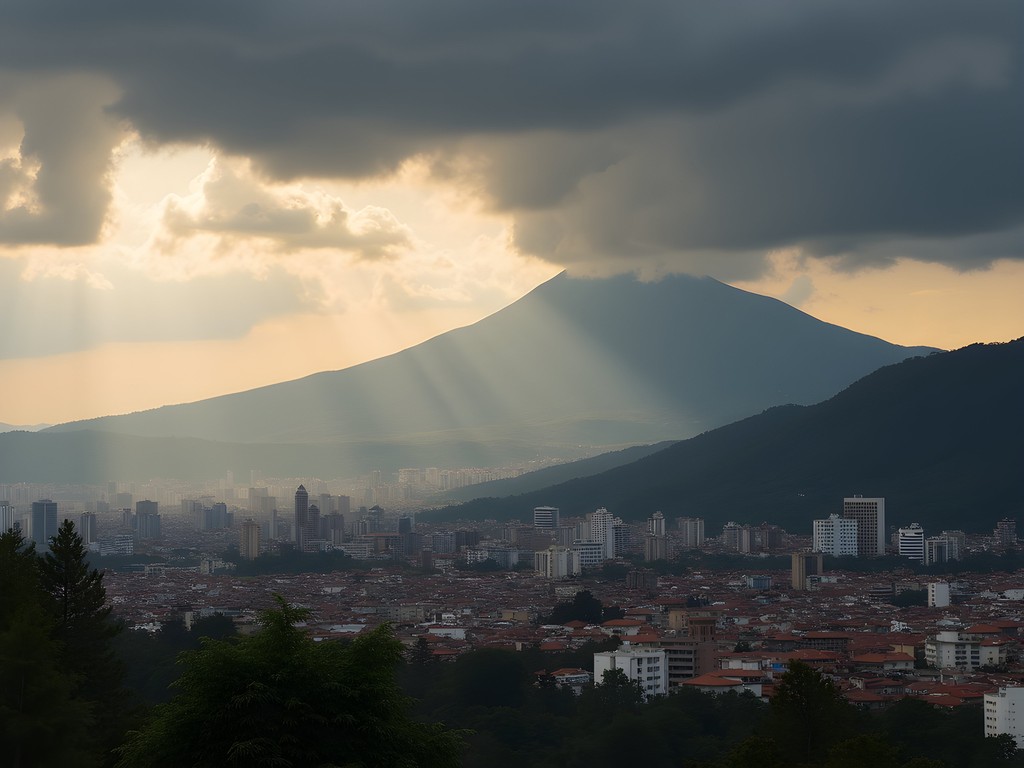
💡 Pro Tips
- Bogotá's weather can change rapidly - always carry a rain jacket even on sunny mornings
- In Medellin, schedule outdoor activities before 2pm to avoid afternoon showers during rainy season
- Use weather apps that account for microclimates like Windy or AccuWeather for the most accurate forecasts
Budget Eats: Street Food Scenes Compared
If there's one thing my meteorological field trips taught me, it's how to find affordable, delicious food on the go—a skill that translates perfectly to Colombia's vibrant street food scenes. Both cities offer incredible budget options, but with distinctly different flavors reflecting their climates and cultural influences.
In Bogotá's cooler highland environment, warming comfort foods dominate. Start your day with a steaming chocolate completo—hot chocolate served with cheese for dipping (trust me on this bizarre-sounding combination). For lunch, nothing beats a hearty ajiaco—a potato and corn soup with chicken that evolved specifically for the capital's chilly climate. My favorite spot is La Puerta Falsa in La Candelaria, where about 15,000 COP ($4 USD) gets you a massive bowl that'll fuel hours of exploration.
Medellin's warmer climate yields a completely different street food ecosystem. Here, tropical fruits reign supreme—the selection at Minorista Market is staggering, with exotic options like lulo, granadilla, and my personal obsession, mangostino. The bandeja paisa is Medellin's signature dish—a massive plate featuring beans, rice, ground beef, plantain, avocado, and a fried egg. It's traditionally a heavy lunch, but budget travelers can find smaller versions at market stalls for around 12,000 COP ($3 USD).
One budget hack I discovered: both cities have excellent university districts where student-friendly pricing drives competition. Near Universidad Nacional in Bogotá and Universidad de Antioquia in Medellin, you'll find meal deals for 8,000-10,000 COP ($2-2.50 USD) including soup, main course, and juice. I tracked my spending meticulously with my travel expense tracker and averaged just $15 daily on food while eating incredibly well.
Coffee culture differs dramatically too. Bogotá embraces third-wave coffee shops with sophisticated brewing methods, while Medellin still honors the traditional tinto—a small cup of black coffee often sweetened with panela (unrefined cane sugar). Budget travelers should note that standing at the counter rather than sitting can save you 30-50% on coffee prices in both cities.

💡 Pro Tips
- For the cheapest meals, look for 'menu del día' options between 12-2pm
- Visit markets in late afternoon when fruit vendors offer discounts on remaining inventory
- In Bogotá, the best budget bakeries are found in the Chapinero neighborhood, while in Medellin check out Envigado for affordable local pastries
Street Art Culture: Urban Expression Through Different Lenses
Colombia's turbulent political history has given birth to some of South America's most vibrant street art scenes, but Bogotá and Medellin tell dramatically different visual stories through their murals. As someone who's photographed street art across five continents, I can confidently say these cities represent two of the most distinctive approaches to urban expression I've encountered.
Bogotá's street art exploded after a 2011 incident when police killed a 16-year-old graffiti artist, leading to public outrage and, surprisingly, the decriminalization of street art. The result is a politically charged, technically sophisticated scene centered in La Candelaria and Chapinero neighborhoods. Pieces here often feature sharp political commentary, indigenous symbolism, and environmental themes that resonate with my own values around conservation and climate justice.
For budget travelers, Bogotá Graffiti Tour offers free walking tours (tip-based) that provide crucial context about artists and their messages. I was particularly moved by murals addressing Colombia's ongoing relationship with nature—many depicting the country's extraordinary biodiversity under threat from development and climate change.
Medellin's street art tells a different story—one of transformation and healing. Comuna 13, once among the world's most dangerous neighborhoods during Pablo Escobar's reign, has reinvented itself through community art initiatives. The electric outdoor escalators that climb the hillside neighborhood are now surrounded by colorful murals celebrating resilience and renewal.
To capture these vibrant works, I relied on my wide angle lens which proved perfect for photographing large murals in narrow streets. For students interested in photography, I recommend visiting during morning hours when the light is softer and crowds are thinner.
What struck me most was how the cities' different weather patterns have influenced their street art evolution. Bogotá's frequent rains and cooler temperatures have pushed artists toward more weather-resistant techniques and materials, while Medellin's consistent climate has allowed for more experimental approaches including paste-ups and stencil work that might not survive in the capital's damper environment.

💡 Pro Tips
- Download the free Bogota Graffiti Map app before your visit to create self-guided tours
- In Medellin, visit Comuna 13 early (before 11am) to avoid both crowds and afternoon showers
- Many street artists sell affordable prints—supporting them directly is better than buying mass-produced souvenirs
Music and Nightlife: From Andean Rhythms to Reggaeton
The meteorological principle that pressure systems influence air movement parallels how Colombia's regional cultures create distinctive musical currents. Nowhere is this more evident than in the contrasting nightlife scenes of Bogotá and Medellin, where altitude, climate, and historical influences have shaped two radically different after-dark experiences.
Bogotá's higher elevation and cooler temperatures have fostered a nightlife scene that thrives in cozy indoor venues. The city embraces an eclectic mix of traditional Andean music, alternative rock, jazz, and electronic music. For budget travelers, Chapinero's student district offers affordable bars where cover charges rarely exceed 10,000 COP ($2.50 USD). My favorite discovery was Matik-Matik, an experimental music venue where Thursday night jam sessions bring together students and seasoned musicians for improvisational sets that might blend cumbia with jazz or electronic elements.
Medellin, by contrast, pulses with tropical rhythms that spill onto warm evening streets. This is the birthplace of Colombian reggaeton, where artists like J Balvin and Maluma got their start. Parque Lleras in El Poblado becomes a massive outdoor party on weekends, though budget travelers should be aware this is the priciest area. Instead, head to barrio Laureles where locals dance salsa and reggaeton in more affordable venues like El Tibiri.
As a vinyl enthusiast, I was thrilled to discover both cities have excellent record-digging opportunities. Bogotá's wealth of vintage Colombian cumbia and salsa can be found at La Roma Records in Chapinero, while Medellin's Mazurka Records specializes in the regional paisa sounds that defined the city before reggaeton's rise.
One fascinating climate-related observation: Bogotá's music venues often feature elaborate sound insulation due to the thinner air at altitude (sound travels differently), while Medellin's venues frequently incorporate open-air designs that would be impractical in the capital's cooler, rainier climate. I tracked the patterns in my weatherproof notebook which has accompanied me through hurricanes and now Colombian nightlife adventures alike.
For students on a budget, both cities offer excellent free options. Bogotá's media torta amphitheater hosts free concerts on many weekends, while Medellin's Sunday ciclovía (when major roads close to cars) features impromptu music performances throughout the city.
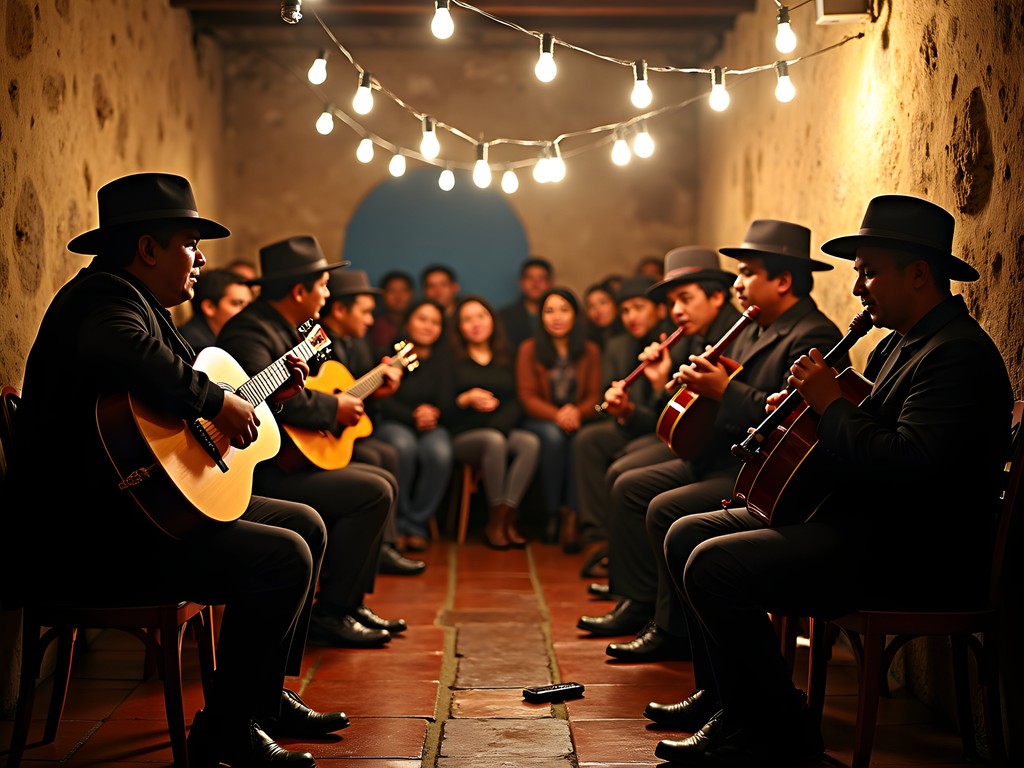
💡 Pro Tips
- In Bogotá, check university bulletin boards for underground music events with minimal cover charges
- Download the free Medellin Nightlife app that shows drink specials by neighborhood and day
- Many venues offer free entry before 10pm—arrive early to save on cover charges
Day Trips: Exploring the Surrounding Ecosystems
The dramatic elevation differences between Bogotá and Medellin create entirely different ecosystems within an hour's drive of each city center—a phenomenon that fascinates me both as a meteorologist and adventure seeker. These accessible day trips offer budget travelers a chance to experience Colombia's extraordinary biodiversity without expensive overnight accommodations.
From Bogotá, the páramo ecosystem awaits at Chingaza National Park, just 1.5 hours east of the city. This high-altitude moorland (11,000+ feet) feels otherworldly with its endemic frailejones—fuzzy, alien-looking plants that have evolved to capture moisture from passing clouds. The park's entrance fee is just 17,000 COP ($4.50 USD) for foreigners. The dramatic temperature gradient means you'll need layers—I recorded a 40°F difference between sunny and cloudy conditions during my hike!
The Salt Cathedral of Zipaquirá offers another unique experience 45 minutes from Bogotá. This underground cathedral built within salt mine tunnels maintains a constant 57°F (14°C) regardless of surface conditions—a perfect example of how subterranean environments create their own microclimates. Student tickets run about 60,000 COP ($15 USD).
Medellin's surroundings couldn't be more different. Guatapé, 2 hours east, features the massive El Peñol monolith rising from a man-made lake created by hydroelectric projects. The 740-step climb to the top costs 20,000 COP ($5 USD) and offers panoramic views of islands dotting the reservoir. The consistent temperatures of Medellin's eternal spring extend to this area, making weather planning much simpler than Bogotá's variable conditions.
For adventure seekers near Medellin, San Gil offers Colombia's best whitewater rafting through class III-IV rapids. The water levels here are remarkably consistent due to the region's regular rainfall patterns—a hydrological feature that creates ideal conditions for year-round rafting.
During my explorations, my hiking daypack proved perfect for carrying essentials while keeping my hands free for photography and weather measurements. For students planning these excursions, I recommend organizing groups of 4+ to negotiate better transportation rates with local drivers, cutting costs by up to 50% compared to commercial tours.

💡 Pro Tips
- From Bogotá, visit Chingaza on weekdays to avoid the weekend permit requirements
- When heading to Guatapé from Medellin, take the early bus (6-7am) to beat both crowds and afternoon thunderstorms
- Pack a student ID for discounts at most attractions—even expired IDs often work
Final Thoughts
After two weeks dividing my time between these Colombian urban giants, I've come to see them as meteorological siblings with distinct personalities—Bogotá, the cool, intellectual older sibling with layers of history and tradition; Medellin, the warm, innovative younger one constantly reinventing itself. For students seeking to understand Colombia beyond postcard images, experiencing both cities reveals how geography and climate shape everything from cuisine to creative expression. The atmospheric differences between these urban centers create not just different weather patterns, but entirely different cultural experiences. Whether you're chasing the perfect arepas in Bogotá's misty morning markets or dancing under Medellin's star-filled valley skies, Colombia's urban contrasts offer budget travelers an extraordinary laboratory for understanding how environment shapes human experience. As we face a changing climate globally, these cities demonstrate the remarkable adaptability of human communities to their environmental conditions—a lesson worth carrying home alongside your souvenirs.
✨ Key Takeaways
- Bogotá's high-altitude cool and Medellin's eternal spring create fundamentally different travel experiences that are best appreciated by visiting both
- Student budgets stretch further by focusing on university neighborhoods for accommodation and meals
- Colombia's regional weather patterns directly influence everything from architecture to music—understanding these connections deepens your travel experience
- Free walking tours provide excellent cultural context while supporting local guides through fair tips
📋 Practical Information
Best Time to Visit
Year-round, though December-March offers driest conditions in both cities
Budget Estimate
$30-50 USD daily for budget travelers (excluding flights)
Recommended Duration
At least 5-7 days in each city to properly explore
Difficulty Level
Intermediate Due To Language Barriers And Navigation Challenges


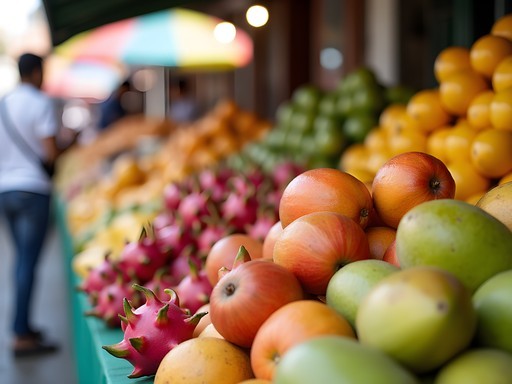
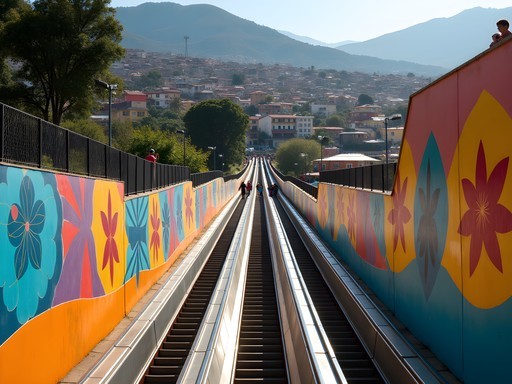
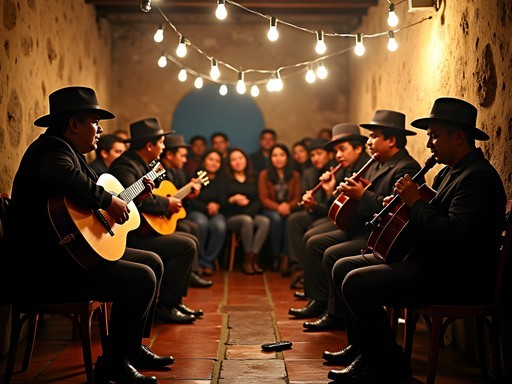




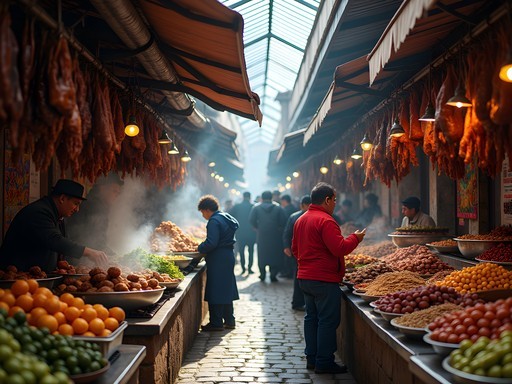

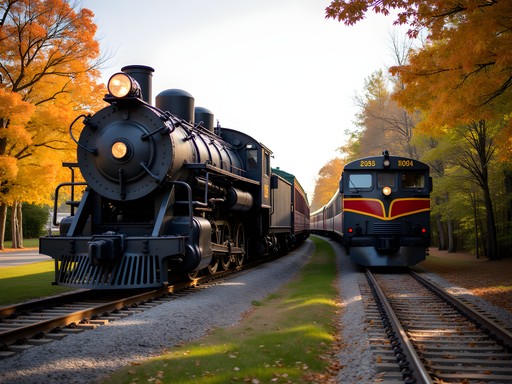

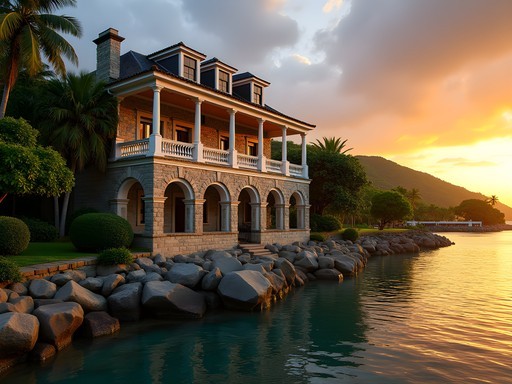


Comments
happystar
Did you feel safe in both cities? Traveling solo next month and getting nervous about safety!
Kayla Cooper
I felt safe in both as a solo female traveler, but always used common sense precautions. Stick to well-traveled areas, don't flash valuables, and use registered taxis/rideshares after dark. The tourist areas are well-policed in both cities!
happystar
That's reassuring, thanks! So excited for my trip now!
Taylor Moreau
Excellent analysis of these two distinctive Colombian metropolises. I've been traveling to Bogota quarterly for business since 2019, and your assessment of the microclimates is spot on. One addition for business travelers: Bogota's financial district (north) offers considerably more international-standard accommodations and dining options, while Medellin provides a more authentic Colombian experience throughout. The TransMilenio in Bogota is indeed efficient but becomes overwhelmingly crowded during peak hours - I'd recommend visitors use rideshare apps during rush periods if time-sensitive meetings are involved. Your street food comparison is particularly astute - those tiny coffee shops in Bogota's Candelaria district serve some of the finest Colombian beans I've encountered.
sunsetrider
Thanks for the business traveler perspective! Those coffee shop recommendations sound perfect - any specific ones you'd recommend in Candelaria?
Taylor Moreau
Certainly - Café Casa Galería and Arte y Pasión Café are my regular stops. Both source beans directly from small Colombian producers.
starnomad
Those street art photos are incredible! Need to see both cities now!
wanderlustway
Great comparison! I'm planning 10 days in Colombia next spring. Would you recommend splitting time equally between both cities, or spending more days in one over the other?
Kayla Cooper
For 10 days, I'd suggest 4 days Bogota, 5 days Medellin, and maybe 1 day for travel between. Medellin has more day trip options (Guatapé is a must!), but Bogota's museums need time too!
explorechamp
This post is EXACTLY what I needed! Just booked flights to Colombia for January and was torn between these two cities. Totally agree about the weather differences - I was in Bogota last year and packed all wrong! That altitude chill is no joke. Definitely bringing layers this time around. The street food comparison is super helpful too - those arepas in Medellin sound amazing!
Kayla Cooper
So glad this helped with your planning! And yes, those Medellin arepas are worth seeking out - especially in the Envigado neighborhood if you make it there!
explorechamp
Thanks for the tip! Adding Envigado to my list right now!
redchamp
Your street food recommendations were spot on! Tried that arepas place in Bogota last week and it was amazing. Still dreaming about that cheese filling!
vacationace
Great post! Did you find it easy to get between the two cities? Better to fly or take a bus?
Kayla Cooper
Definitely fly! The bus takes 8-10 hours on winding mountain roads (beautiful but exhausting). Flights are only 1 hour and pretty affordable if you book a few weeks ahead - I paid about $60 one-way.
Claire Hawkins
Your comparison brought back such vivid memories! Last year, I took my 6-year-old twins to both cities, and their reactions perfectly mirrored the personality differences you described. In Bogota, they were fascinated by the Gold Museum and couldn't stop talking about the 'cloud city' as they called it. The constant need for jackets was a bit challenging with kids though! Then Medellin completely transformed them - the perfect weather meant we could spend hours in Botanical Gardens and Parque Explora without worrying about sudden downpours. The Metrocable was the absolute highlight for them - 'flying over the city' became their favorite story to tell friends back home. Your street food section was spot on too - my picky eaters actually tried arepas in Medellin that they'd refused in Bogota. Something about the atmosphere makes all the difference!
journeynomad
The Metrocable was my highlight too! Did your kids get scared at any point during the ride? Thinking of taking my nephew next year.
Claire Hawkins
They were a bit nervous at first, especially when the cable car swayed slightly, but the excitement quickly took over! I'd recommend going earlier in the day when it's less crowded so kids can get a window spot. The views completely distract from any fear!
greenace
How did you find the safety situation in both cities? I've heard mixed things and I'm traveling solo next month.
redchamp
Not the author but I was in both cities solo last year. Stick to the main areas, use Uber at night, and you'll be fine. Chapinero and Poblado are super safe!
Kayla Cooper
Agree with redchamp! Both cities have safe areas and ones to avoid. In Bogota, La Candelaria is great during day but take rideshares at night. In Medellin, El Poblado and Laureles are very tourist-friendly. I used money belt in crowded areas just to be extra careful.
Jean Wells
Having spent considerable time in both cities over the past decade, I find your microclimates analysis particularly astute. Bogota's unpredictable weather patterns require strategic layering - I've experienced four seasons in a single afternoon there! The TransMilenio system, while efficient, becomes quite challenging during rush hour periods (4-7pm). Regarding culinary experiences, I would add that Bogota's Paloquemao Market offers a more comprehensive introduction to Colombia's regional diversity than any single market in Medellin. Your observation about the musical distinctions is spot-on - Bogota embraces a wider range of international influences while Medellin remains the heartbeat of reggaeton. Excellent comparative analysis overall.
Kayla Cooper
Thanks Jean! I completely agree about Paloquemao Market - it's a culinary education in itself. Did you have any favorite food stalls there?
Jean Wells
The fruit vendors in the northwest corner consistently offer the most exceptional exotic varieties - particularly the lulo and tree tomatoes. For prepared foods, the small stall selling ajiaco near the eastern entrance has maintained remarkable quality for years.
Venture X
Premium card with 2X miles, $300 travel credit, Priority Pass